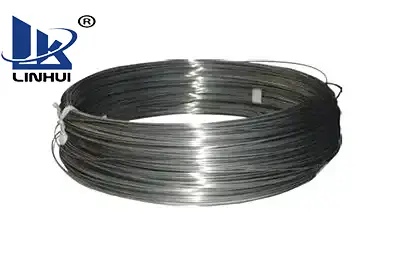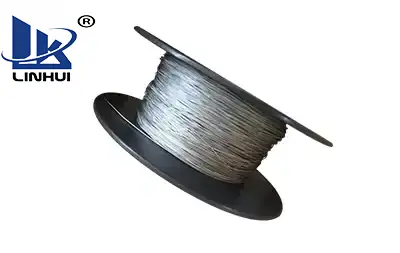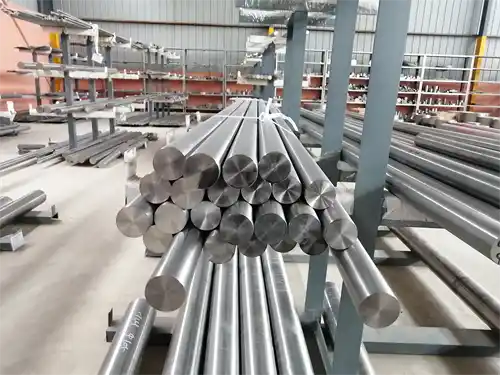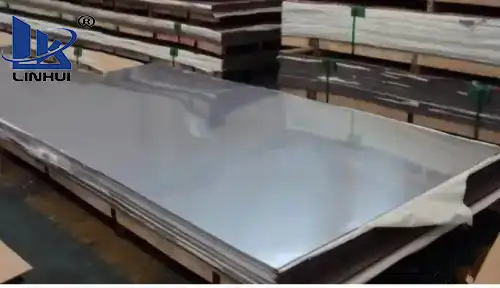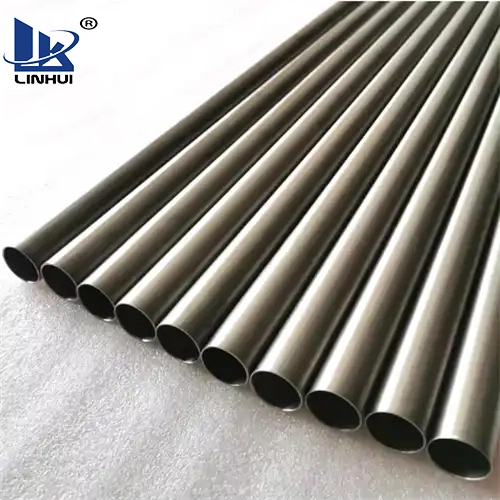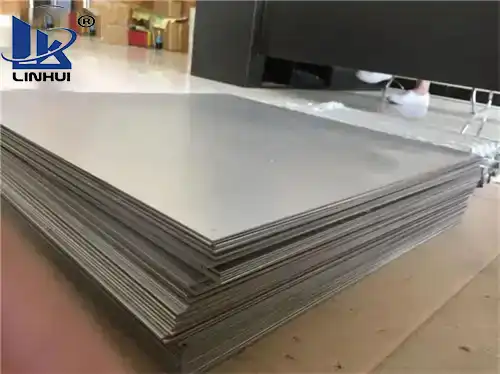Titanium is a very active chemical nature of the metal, at high temperatures to oxygen, hydrogen, nitrogen, and other gases have a great affinity, especially in the titanium welding process, this ability is accompanied by a more intense increase in welding temperature. The practice has proved that welding, if the titanium and oxygen, hydrogen and nitrogen, and other gases absorption and dissolution is not controlled, will undoubtedly give the titanium welded joints the welding process has brought great difficulties.
I. Preface
In recent years, with the development of the economy, especially with the deepening of reform and opening up, China’s economic construction has made great progress. At the same time, China has also made great progress in the welding of pipelines and other projects. Titanium welding is one of our more common welding, in the process of titanium welding, how to do a good job of welding quality control, for titanium welding weld color has a very important impact. Due to the intuitive nature of titanium weld color, the study of the relationship between titanium weld color and weld quality is of great significance. The author combines his years of research in the quality control and process of titanium welding and practical work experience, the relationship between the weld quality of titanium welding and titanium weld color to discuss, I hope that the research in this field has a certain role.
Second, the characteristics of titanium on the impact of titanium welding
1. The influence of oxygen and nitrogen
Oxygen and nitrogen interstitial fusion in titanium, so that the titanium lattice distortion and deformation resistance increases, strength and hardness increase, plasticity and toughness are reduced, the weld contains welding oxygen, nitrogen is unfavorable, should try to avoid.
2. The effect of hydrogen
An increase in hydrogen will make titanium weld metal impact toughness decrease sharply, and plasticity decreases a little, hydride will cause joints to brittle.
3. The effect of carbon
At room temperature, carbon is solidly dissolved in titanium in the form of interstitial, so that the strength increases, and the plasticity decreases, but not as obvious as oxygen, nitrogen, and carbon more than the amount of solubility generated hard and brittle TiC, was a reticulate distribution, easy to produce cracks, the national standard provisions of titanium and its titanium alloys in the carbon content should not be more than 0.1%, welding, the workpiece and the wire of the oil can increase the carbon content, so the welding needs to be cleaned up.
Third, the titanium weldability analysis
Titanium has good weldability, due to its small thermal conductivity (0.041Cal / ℃ – cm – s), so the titanium metal is only melted in the arc combustion range, and has a good mobility; and, it has a small coefficient of thermal expansion (8.6 × 10-6 / ℃, much smaller than carbon steel), which greatly improves the weldability of titanium metal.
Fourth, titanium welding weld color pain welding quality relationship
1. titanium and titanium alloy titanium tube weld color changes and defects in its mechanism
Titanium and titanium alloy titanium pipe weld defects and the mechanism is as follows, titanium pipe welding, argon arc welding gun to form the argon gas maintenance layer can only maintain a good weld pool from the harmful effects of air and has solidified at high temperatures near the weld and its surrounding area has no protective effect, and in this state of titanium pipe weld and its nearby areas still have very strong absorption of nitrogen in the air and the ability of oxygen. From 400 ℃ began to absorb oxygen, and from 600 ℃ began to absorb nitrogen, while the air contains a large amount of nitrogen and oxygen.
With the gradual increase in the level of oxidation, titanium pipe weld color changes, and weld plasticity declines in the law. Silver white (no oxidation) golden yellow (TiO, about 250 ℃ titanium began to absorb hydrogen. (Slightly oxidized) blue (Ti2O3 oxidation is slightly serious) gray (TiO2 oxidation is serious).
2. The quality of titanium welding can be judged by the color of the surface of the titanium weld.
For the titanium weld different colors and hardness of the test:
(i) Experimentally, it has been proved that as the color of the weld deepens, i.e., the degree of oxidation of the weld increases, the hardness of the weld increases. Through peer testing, the hardness of the titanium metal increases, and hazardous substances in the weld, such as oxygen, nitrogen, etc., increase, and greatly reduce the quality of the weld.
(ii) The weldability of titanium and its chemical and physical properties have a very important relationship, but the key is that, at high temperatures, the high activity of titanium is susceptible to air pollution, when heated, the grain size appears to expand when the welded joints are cooled, it will make the formation of brittle phase. Titanium’s melting point is very high, reaching 1668 ± 10 ℃, more than the energy required to weld steel, at the same time, titanium’s chemical nature the more active, and O and H roles than steel are much easier to more than 600 ℃ on the rapid synthesis. 100 ℃ on the absorption of a large number of H and O, dissolved in H ability than steel tens of thousands of times, and then generate titanium hydrogenation, so that the toughness of the drastic decline. Gas impurities increase the tendency of cold cracking and delayed cracking, increasing the gap sensitivity. Therefore, the purity of argon gas for welding should be not less than 99.99%, the humidity should not be higher than 0.039%, and the hydrogen content of the wire should be below 0.002%. The titanium heat transfer coefficient is 1/2 of steel, in 882 ℃ occurred α to β transition, the temperature is higher, β grain is a sharp jump in the growth, and performance deterioration is obvious, so it is necessary to strictly control the temperature, in particular, to control the high temperature in the weld thermal cycle residence time. Welding titanium without thermal cracking and intergranular cracking problems, but there are porosity problems, especially welding α + β alloy.
Five, titanium welding precautions
Based on the above research, titanium should pay attention to the following issues when welding:
1. titanium welding process for the welding region and post-weld high-temperature region for strict protection to avoid air into the welding and high-temperature region on the quality of the weld caused by the serious impact, so such as 99.99% pure argon and after towing the protective cover is a must.
2. The weld bevel requires the use of mechanical processing (shall not only have to grind the method of processing);
3. Spot welding should be avoided, and the use of high-frequency arc.
4. Avoid post-weld heat treatment; if post-weld heat treatment is necessary, the heat treatment temperature should be less than 650 ℃.
VI. Conclusion
The quality control of titanium welding has a very important influence on the weld color of titanium welding, and at the same time, the quality of titanium welding can also be judged according to the weld color of titanium welding, which has a very important relationship between the two.






